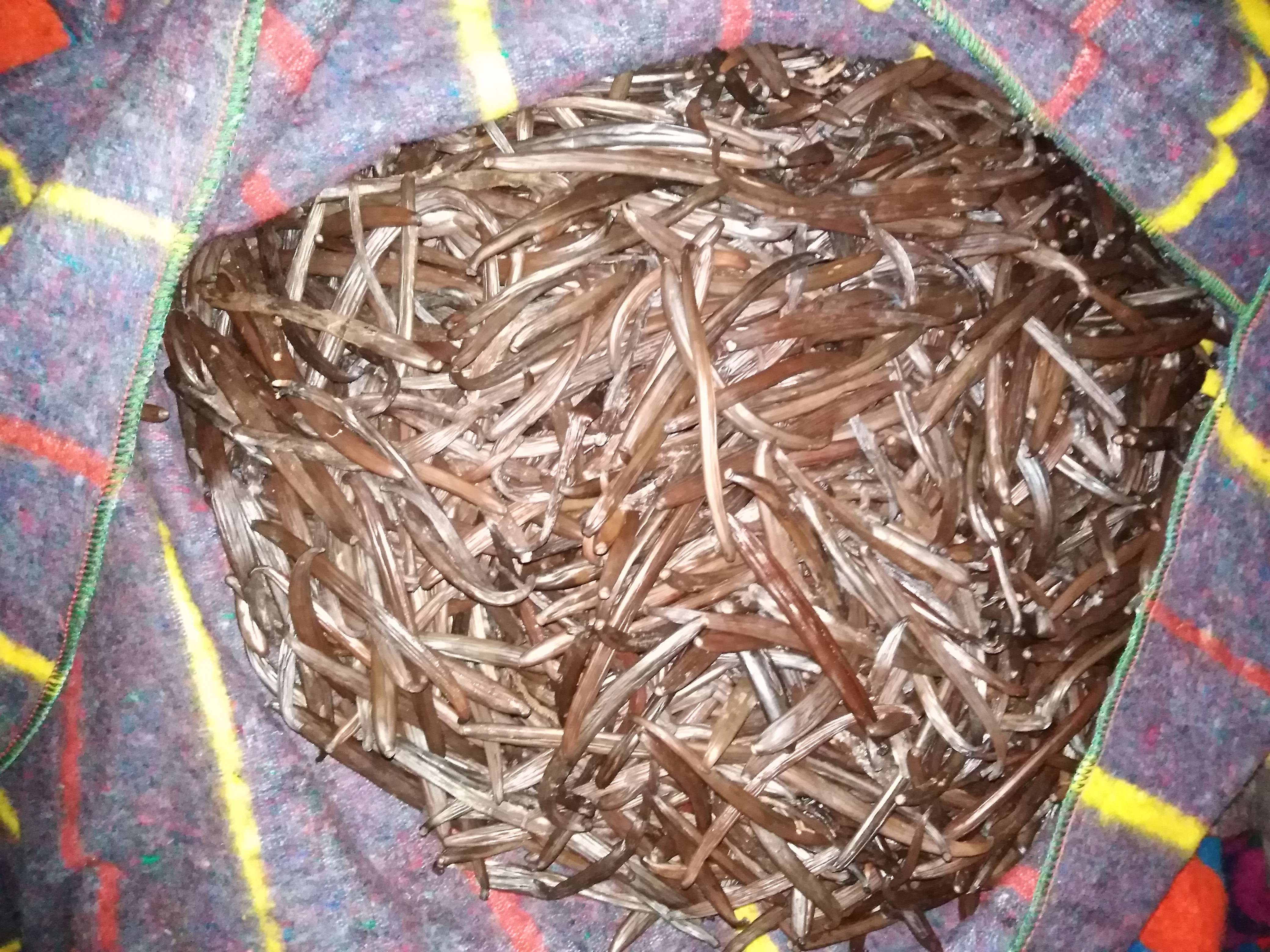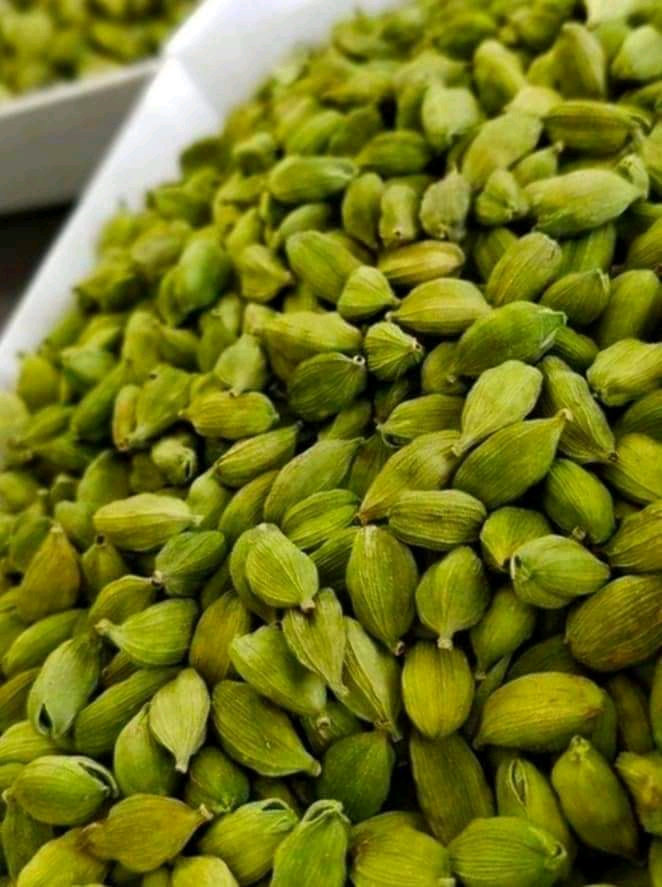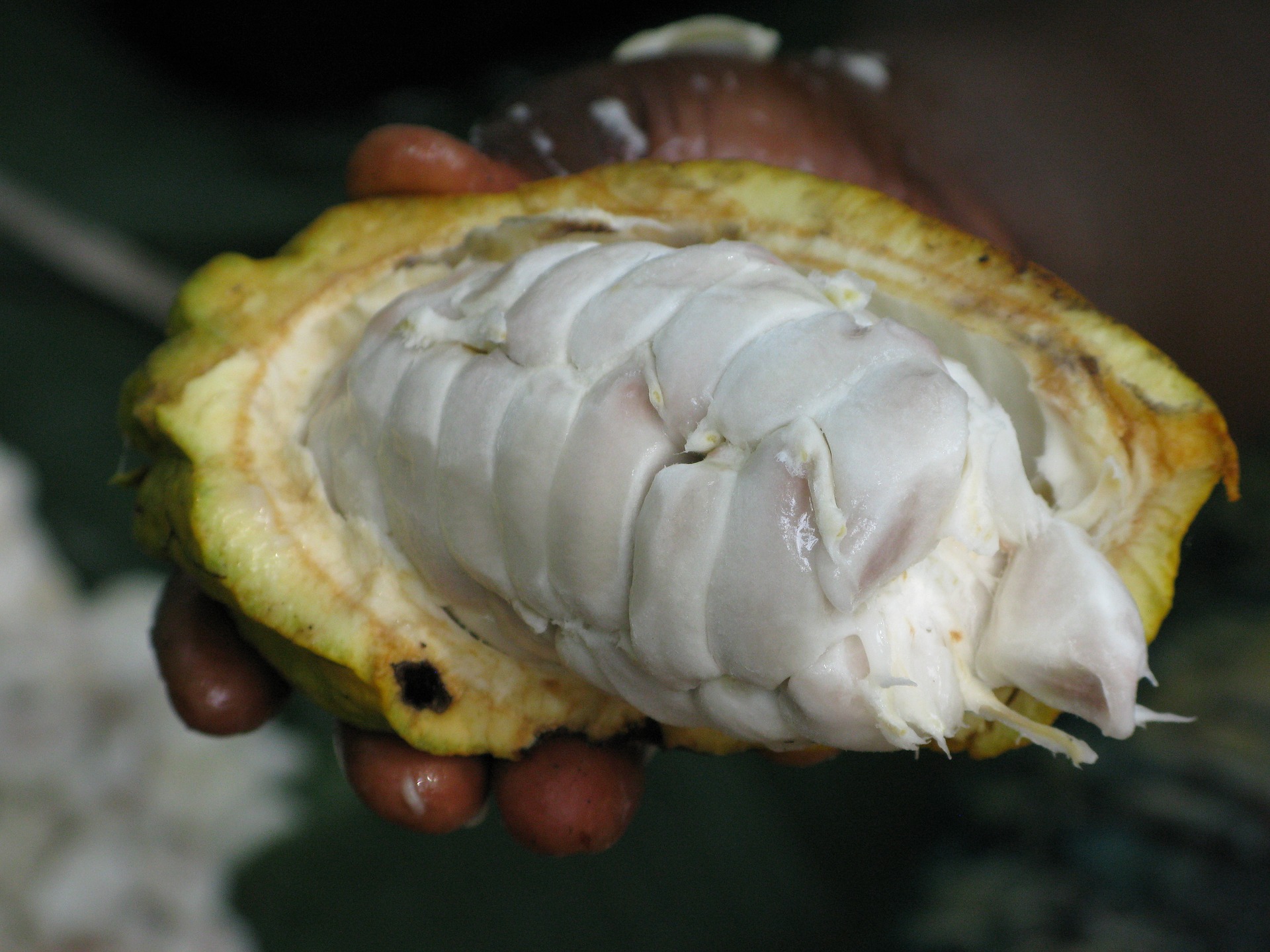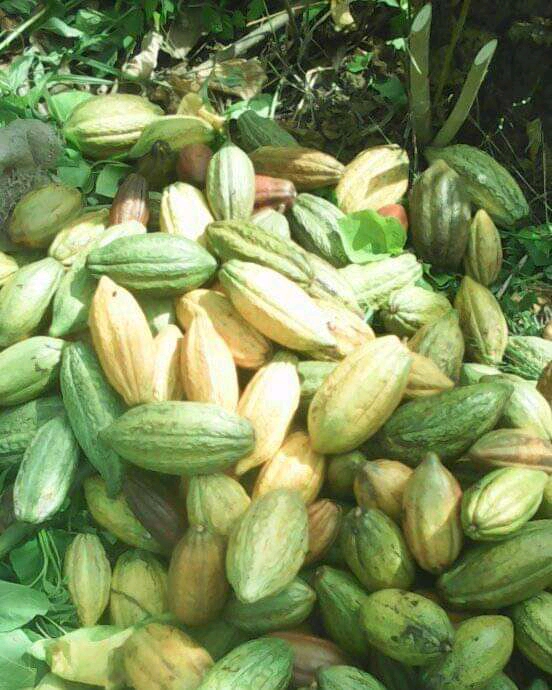 Soybeans Grown In Uganda
Soybeans Grown In UgandaHow to plant and grow Soybeans in Uganda
Soya beans / Soybeans are legume plants suited to soils with relatively high clay content, as they do not do very well on weak sands. The crop is also sensitive to soil acidity. Soy beans require reliable rainfall, particularly from flowering to pod maturity. It is a good crop to grow in rotation with maize, cotton and wheat. With that said, this guide will help you to learn how to plant and grow soya beans (soybeans) in Uganda.
Click here to inquire or buy Soybeans from Uganda
Varieties of Soy beans you should know about
There are over 2500 varieties of soybeans that come in many sizes, shapes, and colors. Soybeans grow on bushy plants that are about 2 ½ feet tall. Each soybean plant grows 60-80 hairy pods.
How do you plant and grow Soy beans in your garden?
Planting
The seed rate is about 90-100 kg per ha. The desirable plant population is around 350 000 plants per ha, but soy beans are capable of adapting to a wide range of plant populations. A minimum plant population is 200 000 plants per ha, while a maximum is 550 000 plants per ha. The higher the plant population, the greater is the danger of lodging, but the higher is the pod clearance. Shorter stature varieties like Status and sequel should be planted at a higher population than taller varieties.
Spacing
The row spacing may be from 25 to 90 cm. The closer the row spacing, the higher the yield, but the yield advantage is not great (about 5 to10 %). The wider the row, the closer are the seeds placed in the row, and this sometimes helps, especially for emergence on soils that have a tendency to cap (seal on the surface). Do not plant seed deeper than 5 cm.
Be careful not to plant soy bean in such a way that when covered with soil they are in a furrow; rather the soil should form a slight mound over the row, as this makes it easier for the seedling to emerge. It is essential not to plant too deep. Seed should be planted 25-50 mm deep, depending on soil texture. If soil crusting occurs before emergence, wetting the soil with irrigation or breaking the crust with a 'millipede implement' will improve emergence.
Click here to inquire or buy Soybeans from Uganda
The time to plant soy beans is after planting maize, but this should preferably be before mid-December.
A fungicide seed dressing of, for example, Thiram 80 WP (85 g/50 kg seed) or Flusilazole (Captan 50 WP at 125 g/50 kg seed) will help ensure good emergence.
Soya bean are particularly very sensitive to weed competition during the first six weeks of the season. Please ensure that you control weeds adequately during this period
Managing soy bean crops in mid-season
Soy bean are very susceptible to drought during the flowering and pod-filling stage. The pod filling stage occurs in the last third of the crop's life, and the beginning of this stage is identified when the pods on the upper nodes of the main stem are 2 cm long and the small seeds are visible in the pods. If supplementary irrigation is available, this is the time to apply water, as it can produce large yield increases.
Supplementary irrigation (if available) should target these critical stages (i.e. if they coincide with dry spells)
Click here to inquire or buy Soybeans from Uganda
Pests and diseases that affect Soy beans you ought to know about
Pests
Semi-looper caterpillars are often a problem during the flowering and seed-fill period. They eat the leaves and sometimes the pods. Semi-loopers are controlled in most seasons by a naturally occurring virus disease, which kills the caterpillars. Caterpillars that have died from the disease are black and hang from the leaves. These may be collected, crushed, mixed with water and sprayed around the field to help control other caterpillars. If the virus is not killing the semi- loopers then an insecticide spray may be required.
Diseases
Two diseases have become prevalent in the region. The one is Frog Eye Leaf Spot (Cercospora sojina) and the other is Rust (Phakopsora pachyrhizi). Most cultivars available today are resistant to Frog Eye Leaf Spot, whilst latest varieties have shown some tolerance to Rust. The Rust disease may be recognized as numerous small grey to russet coloured tufts on the underside of leaves. They may appear similar to red spider mites. In advanced stages the leaves become distinctly yellowy-brown, and a light brown cloud of spores, like dust, may be seen in and above the canopy when the plants are shaken. Since none of the present cultivars are tolerant none of the present cultivars are tolerant of the disease, it is usually necessary to control
Rust with a fungicide spray. A number of chemicals are available, such as Carbendazim / Flusilazole (Punch® Xtra at 350 to 500 mL/ha) and Triadimenol (Shavit® at 500 mL/ha).
Two, and even three, fungicide sprayings will be required at 3 week intervals beginning at first flower. When spraying, it is important to achieve good cover of all leaves, but especially the upper leaves of the canopy. The detrimental effect of Rust is severe: an unsprayed crop may yield less than one third of a sprayed crop.
A third disease of importance is Red Leaf Blotch (Pyrenochaeta glycines). Severe infections can reduce seed yields by 30% - 50%. Use of resistant varieties is the smartest control measure against these diseases. Seed Co varieties have shown some resistance to this disease.
Click here to inquire or buy Soybeans from Uganda
How to Harvest Soy Beans from your garden
Soya bean should be harvested as soon as the plants have dried. If harvesting is delayed, the pods may shatter with a consequential loss of yield.
Hand harvesting
This method is suitable for small areas, or where a large labour force is readily available. The advantages of hand harvesting are that losses can be reduced to a 10 minimum, soy bean of a high quality are produced, and the beans normally have a high viability.
Therefore, hand harvesting is suitable for seed production. The usual system of hand harvesting is to allow labourers to cut or pull as much plant material as they are able to thresh in a day. For hand cutting, labourers require sickles or sharp hoes. A laborer should be able to cut and thresh at least 50 to 90 kg of clean beans per day.
Mowing or cutting by hand and shelling
A variation is to use a mower to cut the plant material, and a mechanical winnower for the final cleaning. This method should enable an output of ± 150 kg (3 bags)/labour/day. This method enables harvesting to commence before the pods split, but allows sufficient moisture to be lost, thereby preventing mold developing in the established cocks or stacks.
Swather plus combine. This method involves the use of a swather to cut and wind-row the crop before it is combined. A pick-up attachment (picker) is required to be fitted to the combine table.
Combine harvesting
Large areas are usually reaped by combine harvester and losses are inevitable. The degree of loss depends on the efficiency of the machine and operator, the evenness of the land, the height of the pods off the ground, lodging, the moisture content of the beans, and weed control. Machines must cut very close to the ground, and losses must be minimized by cutting at the correct moisture content and paying attention to machine adjustments. The golden rule for combining is to “take it low and take it slow”. soya bean seed is delicate and can be easily damaged by the threshing mechanism which must be carefully adjusted and run slowly.
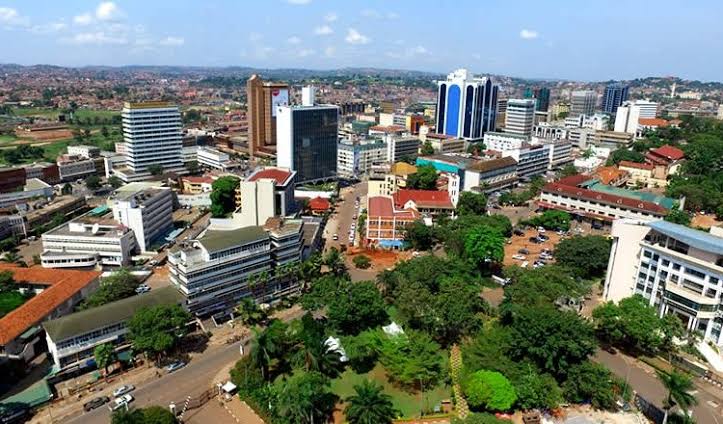 Aerial View Of Kampala City
Aerial View Of Kampala City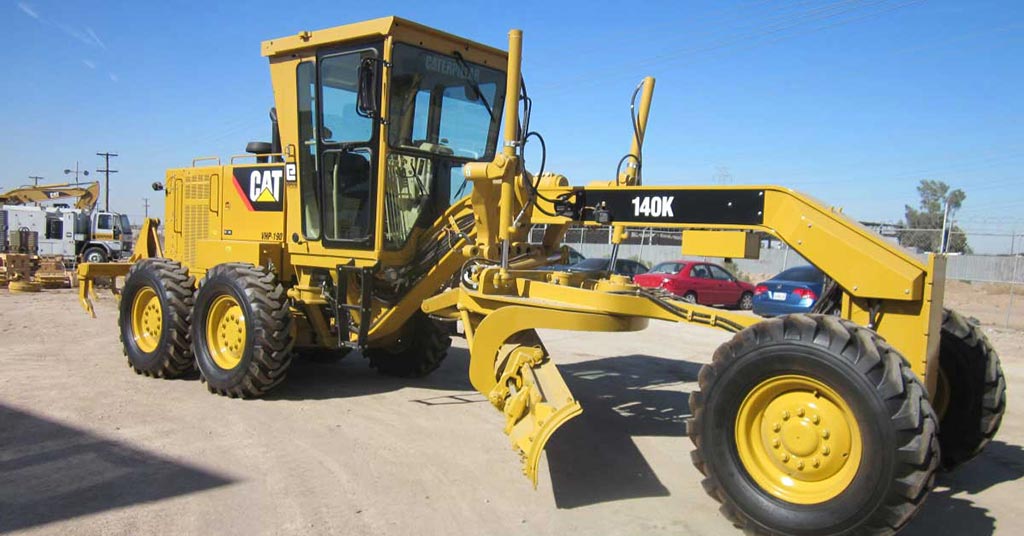 Buy A 140K Grader In Uganda
Buy A 140K Grader In UgandaFor inquiries or Orders:
Contact Us On:-
E-mail: Info@flawlessconsultsug.org
Or
Call/Whatsapp Us on: +256-772 238575






